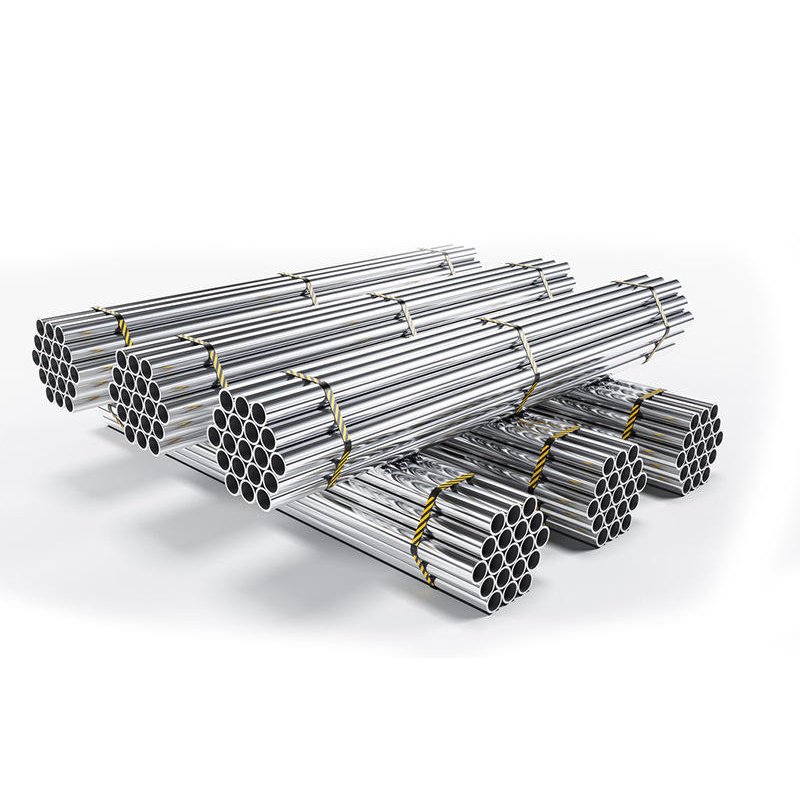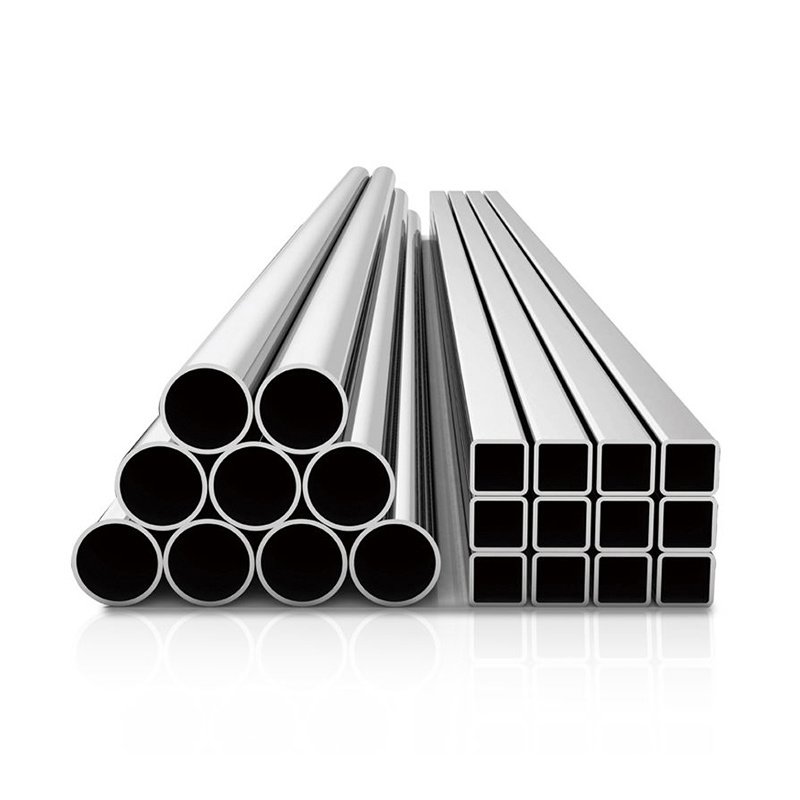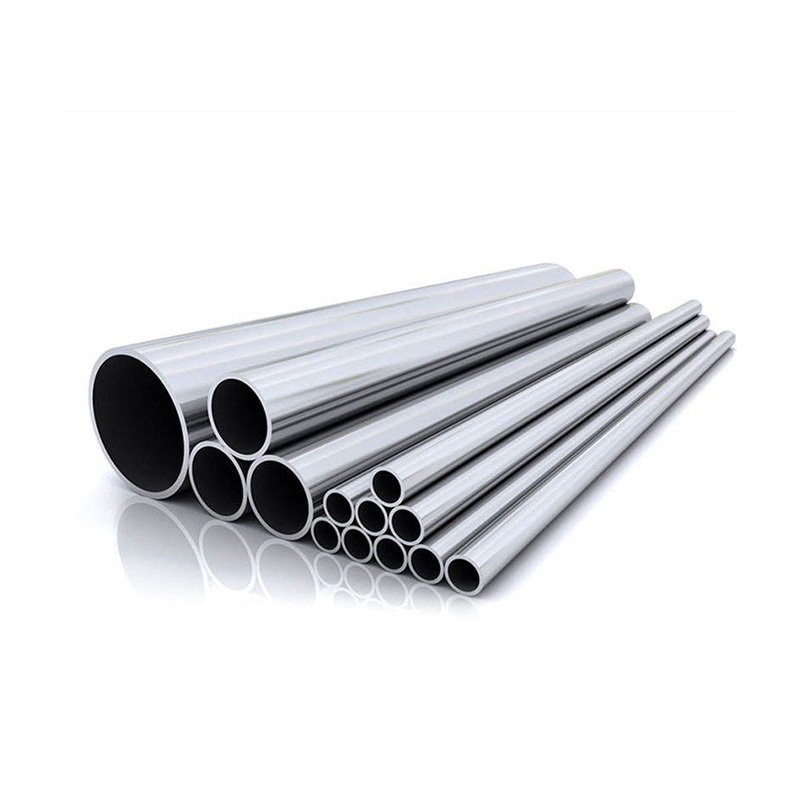Stainless steel is widely used in the construction industry due to its excellent corrosion resistance, especially in scenarios where it is exposed to harsh environments or requires long-term stability. The following is a specific application and advantage analysis of its corrosion resistance in the field of construction:
1、 Building curtain wall and exterior facade
Core application scenarios
High rise building curtain wall: Stainless steel honeycomb panels, aluminum honeycomb composite panels, etc. are used for curtain wall systems, with a wind pressure resistance of up to 40m/s and a weather resistance of over 50 years. For example, landmark buildings such as Shanghai center Building and Guangzhou Tower adopt stainless steel curtain walls to resist the erosion of typhoon and acid rain.
Alien architectural skin: The plasticity of stainless steel supports complex curved surface designs, such as the wavy facade of the Burj Al Arab, which achieves seawater corrosion resistance and aesthetic unity through 316 stainless steel.
Green building facade: Stainless steel is 100% recyclable, with a full lifecycle cost 30% lower than carbon steel, meeting LEED certification requirements, and widely used in sustainable building projects.
Corrosion resistance advantage
Anti atmospheric corrosion: In industrial pollution or coastal areas, the passivation film on the surface of stainless steel can resist corrosive gases such as SO ₂ and Cl ⁻, and maintain its luster for a long time.
Self repair ability: Even if there is a local scratch, chromium element will react with oxygen to regenerate a chromium oxide film, avoiding rust diffusion.
Temperature resistance: The stability of stainless steel structures is not affected in environments ranging from -50 ℃ (extremely cold) to 600 ℃ (high temperature), making it suitable for extreme climate regions.
2、 Building Structure and Supporting System
Key structural applications
Bridge and elevated structure: stainless steel rectangular pipe truss has a bearing capacity of 10 tons/m2, which is used for Hong Kong Zhuhai Macao Bridge, Norway Hammerfest Bridge, etc. to resist seawater spray and salt spray corrosion.
Sports venue roof: duplex stainless steel (such as 2205) is used for the steel structure of the National Stadium “Bird’s Nest”, with a tensile strength of 620MPa and resistance to chloride ion corrosion.
Earthquake prone buildings: The ductility of stainless steel (elongation at break ≥ 40%) makes it an ideal material for earthquake resistant structures, such as the connectors of Tokyo Skytree in Japan.
Breakthrough in Corrosion Resistance Technology
Super stainless steel development: 6M O-type super austenitic steel (such as S31254) has a pitting corrosion resistance equivalent (PREN) of ≥ 40 in Cl ⁻ – containing environments and is suitable for offshore platform support structures.
Application of composite materials: Stainless steel concrete composite structures protect concrete through stainless steel sleeves, extending the service life of bridges to over 100 years.
3、 Architectural Decoration and Detail Design
Indoor and outdoor decorative materials
Elevator car and door frame: 304 stainless steel brushed plate is used inside the elevator, which is resistant to fingerprints and scratches, and maintenance costs are reduced by 60% compared to traditional materials.
Stair handrails and railings: 316L stainless steel round pipes, after polishing treatment, have a surface roughness Ra ≤ 0.8 μ m, meeting the hygiene standards of public places such as hospitals and schools.
Art sculpture and installation: Mirror stainless steel (BA grade surface reflectivity ≥ 95%) is used for urban landmark sculptures, such as Chicago’s Cloud Gate, which remains smooth even after long-term exposure to the outdoors.
Innovation in Corrosion Resistance Process
Colored stainless steel technology: achieving a gradient effect of black, gold, blue and other colors through PVD titanium plating process, while maintaining corrosion resistance (neutral salt spray test ≥ 1000 hours).
Anti fingerprint coating: Apply a nanoscale hydrophobic coating on the surface of stainless steel to reduce fingerprints and stains, suitable for high-end commercial spaces.
4、 Application of Special Environment Buildings
Extreme climate buildings
Polar Science Research Station: The Kunlun Station in Antarctica, China adopts a 316L stainless steel frame, which can withstand -80 ℃ low temperature and strong ultraviolet radiation, and maintain structural stability for more than 20 years.
Desert architecture: Stainless steel surface passivation film can block sand and dust wear, such as the solar bracket system in Masdar City, United Arab Emirates.
Corrosive industrial buildings
Chemical plant: duplex stainless steel 2205 is used for the roof and walls of chlor alkali plants, resistant to salt and acid mist corrosion, and has a service life three times longer than carbon steel.
Coastal facilities: 316 stainless steel bolts and connectors are used for docks, lighthouses, etc. to resist seawater splashing and tidal erosion.
5、 Building water supply and drainage system
Pipeline and water tank
Thin walled stainless steel water pipe: 304/316L water pipe with a thickness of 0.8-2.0mm, smooth inner wall (Ra ≤ 0.6 μ m), low water flow resistance, and no secondary pollution to water quality.
Modular stainless steel water tank: The modular stainless steel water tank adopts argon arc welding, with good sealing and resistance to corrosive liquids such as concentrated sulfuric acid, suitable for industrial cooling water systems.
Corrosion resistance standard certification
Compliant with the GB/T 19228.2-2011 standard for stainless steel compression fittings, it has passed the 1000 hour neutral salt spray test to ensure long-term use in humid environments.
6、 Building maintenance and economic advantages
Low lifecycle cost
Although the initial cost of stainless steel is higher than that of carbon steel, the maintenance free period can reach 25-30 years, and the overall cost is 40% -60% lower than that of galvanized steel.
For example, the Hong Kong International Financial Centre (IFC) adopts stainless steel curtain walls that do not need to be replaced within 30 years, while aluminum curtain walls need to be renovated every 10 years.
Environmental benefits
During the production process of stainless steel, scrap steel can be recycled to reduce carbon emissions. According to the International Stainless Steel Forum (ISSF), recycling stainless steel can save 1.5 tons of iron ore and 0.5 tons of coal per ton.
7、 Future Trends and Innovative Applications
Intelligent stainless steel building
The 316L stainless steel panel embedded with sensors can monitor structural stress and corrosion rate, achieving real-time health management, such as the Singapore “Smart City” pilot project.
Self cleaning stainless steel decomposes organic matter through photocatalytic coating, reducing cleaning frequency, and is suitable for areas with severe haze.
3D printed stainless steel structure
Laser Powder Bed Melting (LPBF) technology is used to print complex stainless steel nodes, such as the “3D printed steel bridge” in Amsterdam, which combines artistry and durability.




